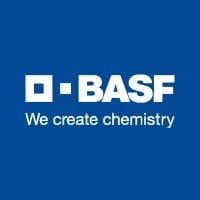
LG Energy Solution
LG Energy Solutions leads the future eco-friendly energy industry by developing distinguished materials and next-generation batteries. As the only chemical-based battery company in the world, we are leading the global lithium-ion battery market based on distinguished materials technology. We have become a global powerhouse in the EV and energy storage system (ESS) battery sector. And based on our unparalleled technologies, we are actively developing new products and procuring global battery production capacities to enhance our dominance in the next-generation energy market.






